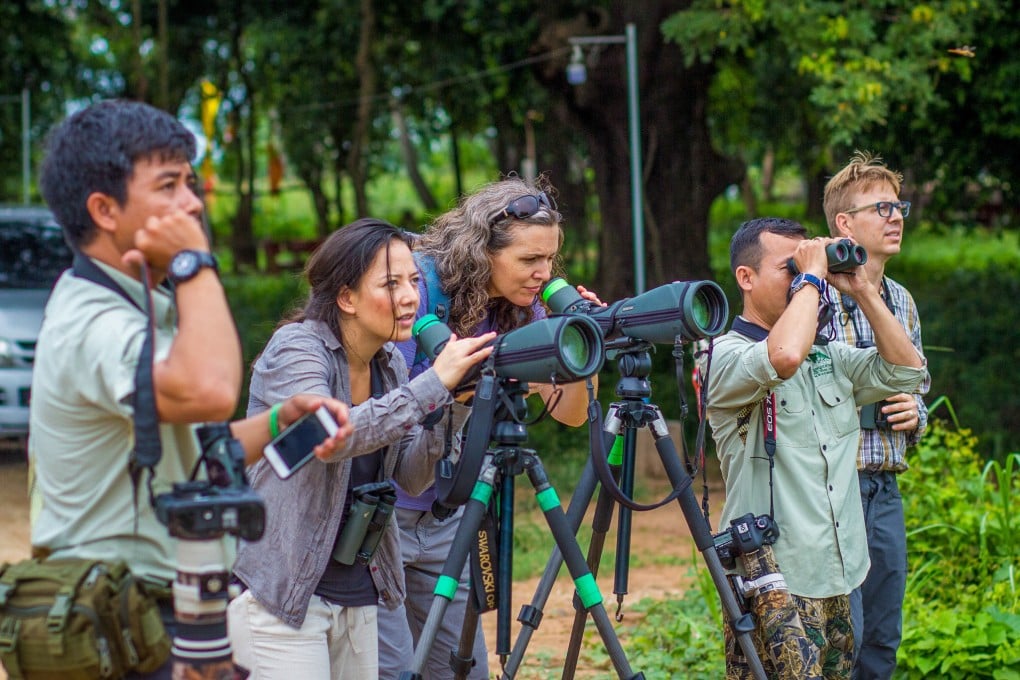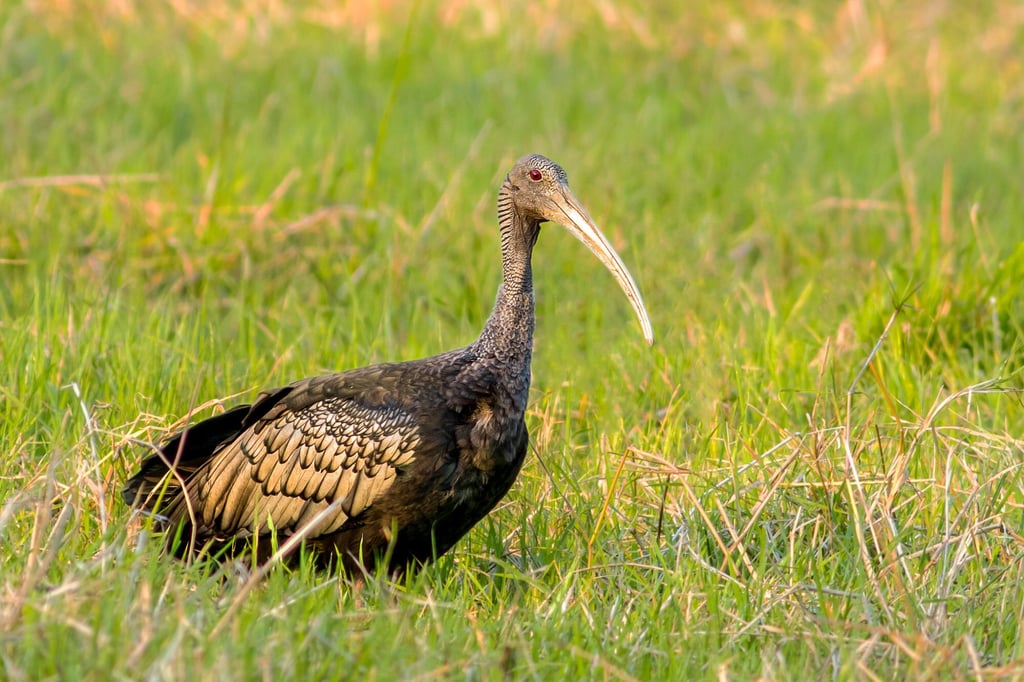Twitcher tours: why birdwatching in Cambodia is expected to take flight in a post-Covid world
- Avitourism is predicted to be popular with travel-deprived ecotourists and is among the fastest-growing eco-tourism trends
- For habitat-rich, cash-poor countries such as Cambodia, it has the potential to help conserve threatened species

Sikol San freezes mid-sentence. The guide’s eyes dart towards the tuft of a coconut tree on the edge of a rice field. He adjusts his spotting scope to hone in on a small black bird with a forked tail perched on a palm.
The co-founder of the Cambodia Bird Guide Association (CBGA), Sikol San starts relating details about the migratory black drongo, which spends September to May in Cambodia. It is one of 40 to 60 species of bird regularly seen at this rural patch of land on the outskirts of Siem Reap, he says.
In the foothills of Phnom Krom mountain, about 12km from the city, the site is a popular stop on CBGA’s half-day birding tours. Habitats here include wetlands, rice fields, lotus ponds, tall trees and shrubs, all of which attract varied species.

Tropical and developing countries have the potential to cash in on this expected trend. Cambodia provides breeding grounds for a range of birds, of which about half are migratory, across habitats that include flooded forests, Indochina’s largest intact dry deciduous forest, sprawling rice fields, vast lakes and waterways, coastline, mangroves and low- and high-altitude evergreen forests. With sustainable, nature-based holidays to remote places expected to be in high demand once borders reopen, the country’s wealth of birdwatching spots stand it in good stead.